feature image from fashion magazine

Fashion world, you’ve done us wrong. Here are our demands.
Consistent sizing.
Is it too much to ask for a little consistency in the dressing room?! Deciding what size to try on in a store is basically trying to wrongly guess a number between 2-25 and being partially naked while doing so.
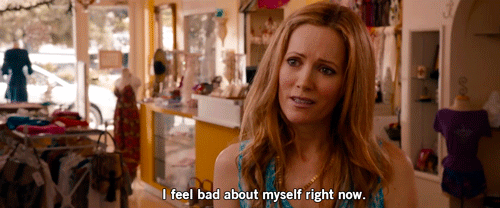
So we grab 3 or 4 different sizes and sometimes none of those even work it’s like…
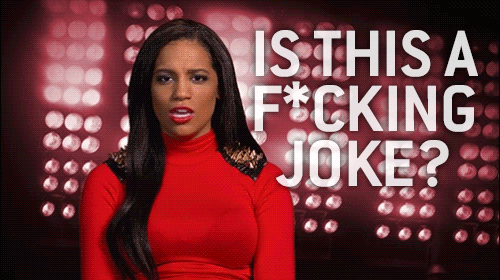
Pants that do not disintegrate as you wear them.
Whether the chub rub takes down another pair of your favorite jeans or the soft textiles pill to a point of transparency, our pants are actually disappearing before our eyes. Give us a reason to believe in pants after pill.
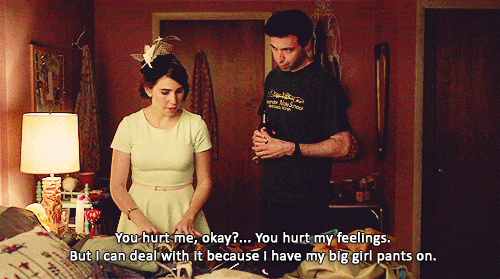
Real pockets.

because right now all we have room for is
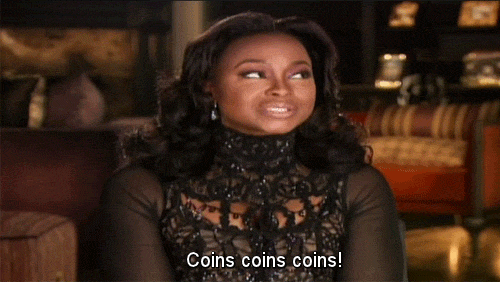
“Feminine” and “masculine” clothing for all.
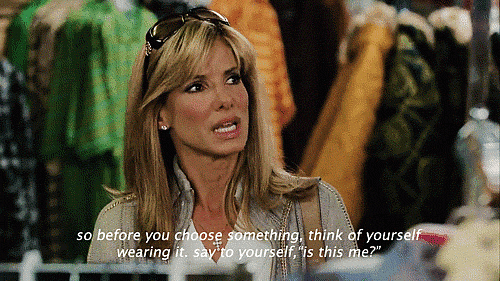
Give us some variety, fashion world. We’re ladies on the streets, and lumberjacks with hot beats.
Plus sizes in the store.
Many stores today do not offer in-store plus sizes; instead, they’ll refer you to their online catalog where we revisit the sizing issue but add the convenience of snail mail. If you can find the plus sizes in an a store, however, it’s like…

and I do mean “find,” more often than not the plus sizes are in their own section, god knows where in the store. A simple shopping trip becomes a scavenger hunt.
Fair pricing.
In just about any store you can find a sheer crop top and a long-sleeved, knit sweater for the same price (overpriced).
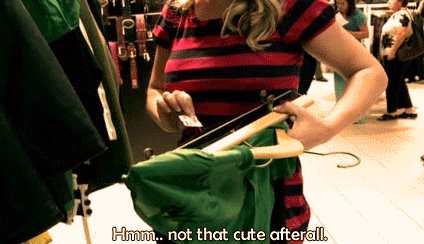
As if that didn’t make little enough sense, larger sizes often cost extra due to the “additional material needed.”
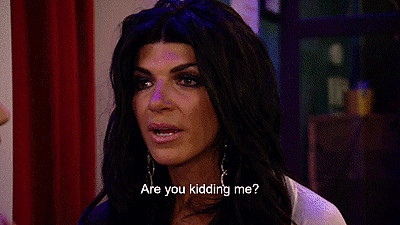
With the wage gap, women can’t catch a break when it comes to money. I mean…

Dyed pants, not hands.

Nuff said.
Buttons to do their jobs.
Button up. Button down. Button, just do your dumb job. If you combine our lovely lady lumps and a row of buttons, you will get what I call the “peek-a-boob” or its unfortunate cousin the “the buttoning stops here.” You know what I’m talking about. It’s all horrible and threatens to betray us at our most vulnerable moments.
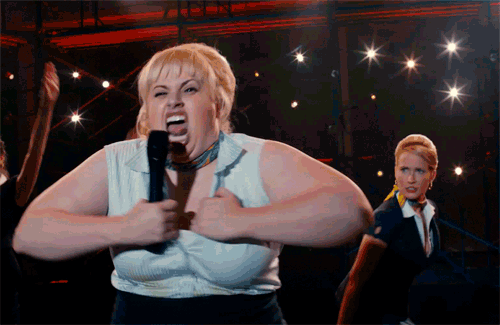
Realistic lighting in dressing rooms.
Cubicles of shame, “dressing rooms” as they are more often called, are notorious for either having the worst or the best lighting. In one store you can look like an airbrushed model from a centerfold and the next you’re asking…
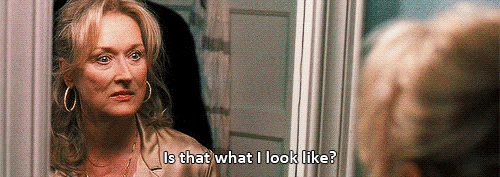
Meet our reasonable demands and we will gladly be back in your stores saying…
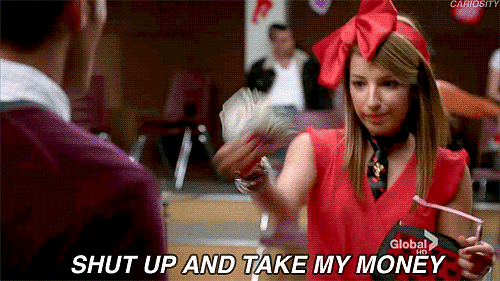
Give us back our retail therapy, we need it.








